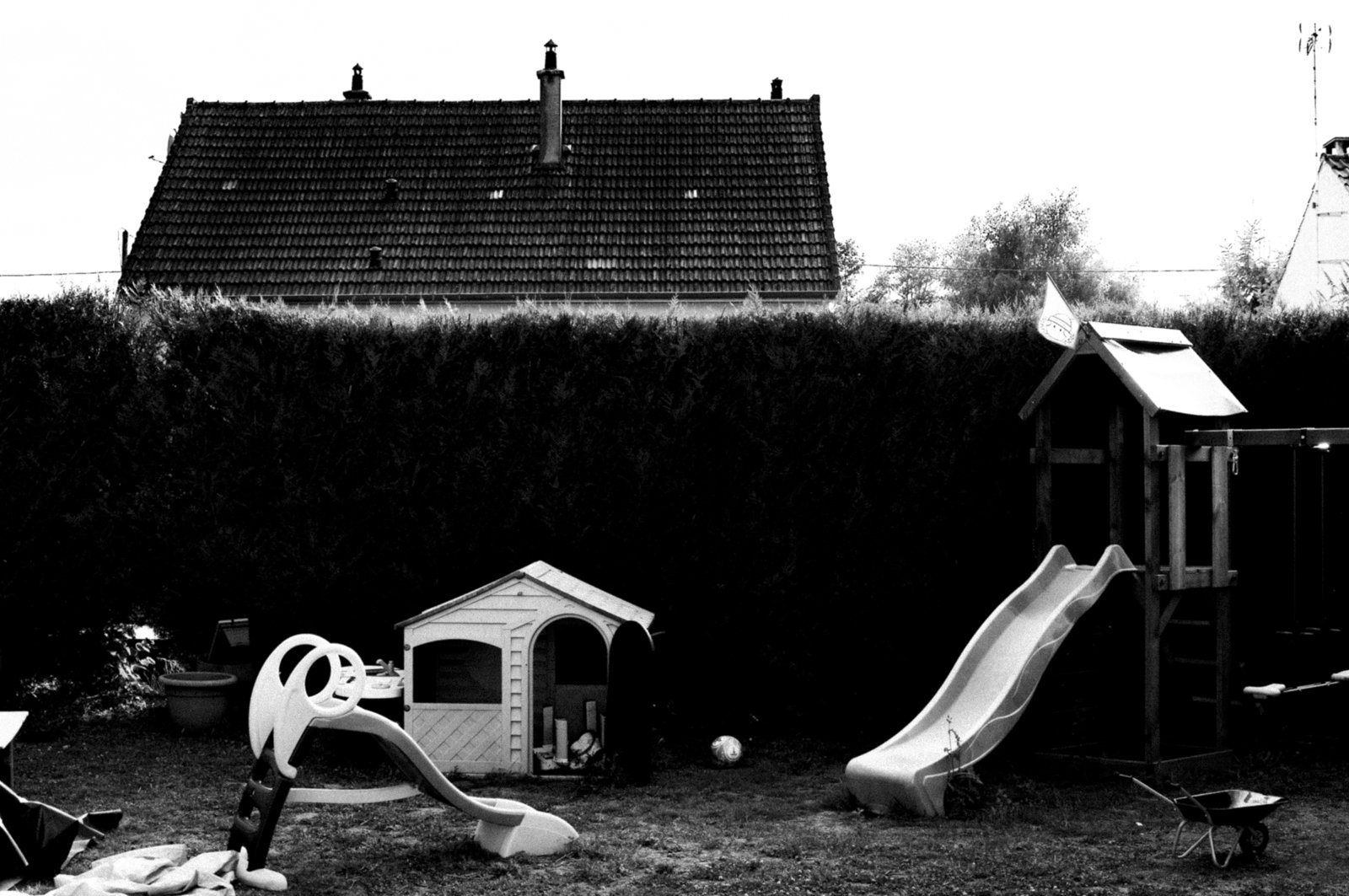In Absentia
The photographs had existed for quite some time, but one day, the connection between them became clear: an absence, a void, something missing.
In Absentia unfolds as a photographic inquiry into what remains when the visible recedes. Rather than representing the world, Matthias Koch explores the withdrawal that makes presence possible, echoing Heidegger’s concept of the ontological difference — the gap between beings and Being itself.
The photographed spaces — silent, empty, stripped of narrative — do not merely evoke absence; they manifest Being in its withdrawal. Here, absence is not a lack, but the very condition for presence to emerge. By removing human presence and reducing visual signals, Koch creates images that suspend meaning and open onto zones of indeterminacy.
Photography thus becomes a philosophical gesture, less about showing the world than about revealing the silent background from which it arises. In contrast to the saturated imagery of contemporary visual culture, In Absentia desaturates the visible, allowing Being — quiet, elusive — to subtly surface.


















